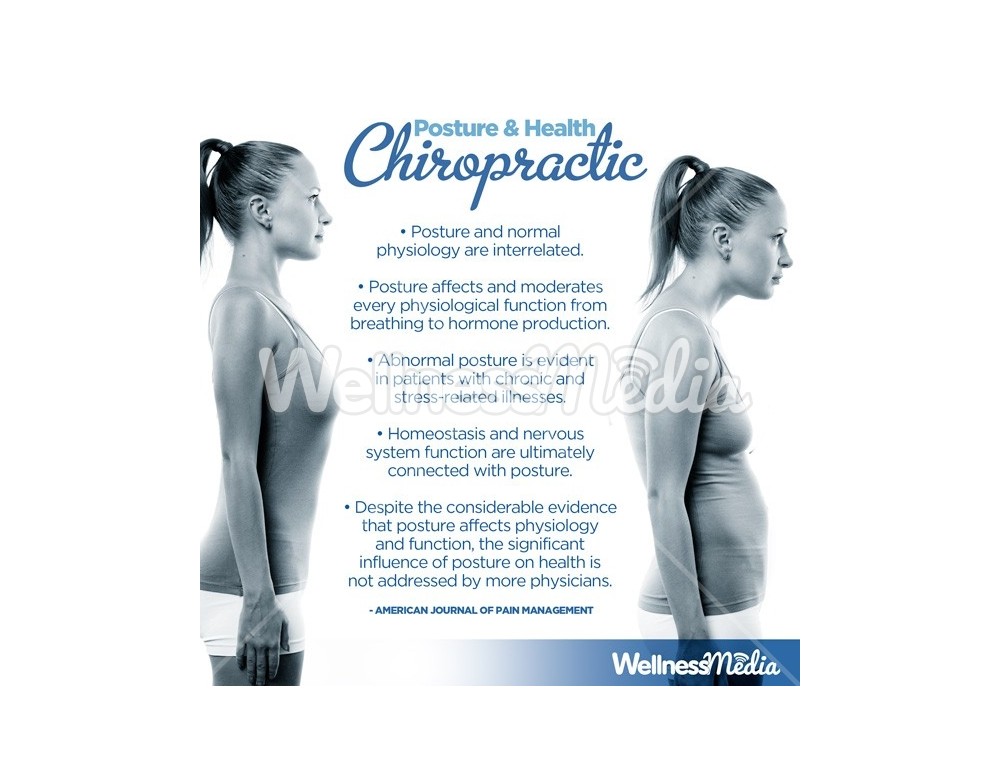In What Means Does Cold Laser Treatment Leverage Light To Transform The Landscape Of Healing, And What Interesting Developments Are On The Horizon For Discomfort Management?
In What Means Does Cold Laser Treatment Leverage Light To Transform The Landscape Of Healing, And What Interesting Developments Are On The Horizon For Discomfort Management?
Blog Article
Authored By-Ditlevsen Duckworth
When thinking about alternate treatments, cold laser therapy sticks out due to its one-of-a-kind technique to healing. By making use of specific wavelengths of light, it targets cellular features and promotes healing in a non-invasive manner. This technique not only boosts ATP production yet also help in minimizing swelling and discomfort. As research study remains to unravel, the effects for rehabilitation and pain management could be considerable. What does this mean for future treatment choices?
The Mechanisms of Cold Laser Treatment
Cold laser therapy, also referred to as low-level laser treatment (LLLT), functions by stimulating cellular feature via the application of certain wavelengths of light.
When the laser light penetrates your skin, it connects with the mitochondria in your cells, enhancing ATP production. This increase in ATP energizes your cells, promoting healing and regrowth.
The light also impacts cell membrane layers, boosting their permeability and helping with nutrient absorption while expelling toxic substances. In addition, cold laser treatment triggers the release of endorphins and minimizes swelling, assisting your body react better to injury.
You'll experience improved blood flow as the therapy promotes capillary development, making sure that oxygen and nutrients reach broken cells much more efficiently.
Understanding these mechanisms can aid you value its potential in promoting recuperation.
Possible Benefits of Cold Laser Treatment
When taking into consideration choices for discomfort alleviation and recovery, you could locate cold laser therapy to be an attractive alternative. This non-invasive technique can help reduce swelling, reduce discomfort, and promote cells repair work.
Many people report quicker recovery times from injuries and surgical procedures after undertaking cold laser treatment. It's especially useful for problems like joint inflammation, tendonitis, and muscular tissue pressures.
You might also value that it has very little adverse effects contrasted to drugs. Furthermore, cold laser treatment can improve flow, which aids in providing nutrients and oxygen to damaged areas.
Current Study and Professional Applications
As rate of interest in cold laser therapy grows, scientists are exploring its numerous applications and effectiveness in professional setups. You'll locate research studies examining its function hurting administration, wound recovery, and decreasing swelling.
In physical treatment, specialists utilize cold laser therapy to improve healing in sporting activities injuries, while dental practitioners are discovering it helpful for dealing with dental discomfort and gum conditions. Recurring tests are analyzing its possibility in dealing with conditions like arthritis and neuropathy.
you can try here aim to develop standardized procedures and does, making sure safety and security and efficiency. As see page emerges, you might see cold laser therapy ending up being a staple in both rehabilitation and discomfort monitoring, offering patients a non-invasive alternative that matches conventional therapies.
Verdict
In conclusion, cold laser therapy supplies an appealing approach to recovery by using details wavelengths of light to increase mobile functions and promote recovery. With benefits like improved blood flow, decreased swelling, and pain alleviation, it's ending up being an important choice for numerous problems. As research continues to develop standardized procedures, you can anticipate greater acceptance of this non-invasive therapy in recovery practices and discomfort administration approaches, making it a possible game-changer for lots of individuals.
